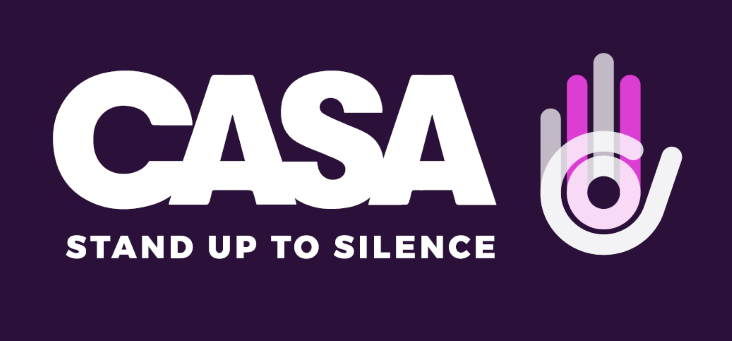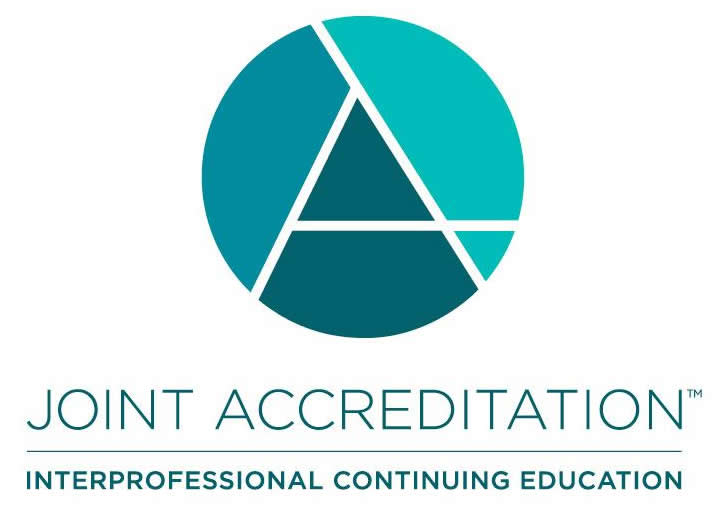
COURSE CREDITS & HOURS
14 AMA PRA Category 1 Credits™14 ACPE Credits
14.0 Contact Hours
COURSE FEES
$995 for Physicians, Attorneys, Psychologists, Pharmacists, & Dentists$795 for Physician Assistants & Nurse Practitioners
$595 for Nurses, Students & Others
TARGET AUDIENCE
PROGRAM PURPOSE
- Caring for perimenopause and menopause patients in 2023: diagnosis, common symptoms, treatments
- Understand the physiology of perimenopause and menopause >li>Utilize the 2022 Position Statement of the North American Menopause Society to inform care of midlife women experiencing perimenopause and menopause
- 51 is Getting Younger all the Time: maximizing longterm health in menopause
- Explain the differences in cardiac response to HT in younger menopausal women versus older menopausal women
- Individualize care for symptomatic menopausal women with medical comorbidities
- Consider the effect of hormone therapy in promoting bone health
- Mood and Menopause: diagnosis and treatment of Perimenopausal Mood Instability
- Differentiate perimenopausal mood instability (PMI) from major depressive disorder (MDD) and generalized anxiety disorder (GAD)
- List effective treatments for PMI including psychological and pharmacological approaches
- I Cant Sleep and Im Getting Fat: evaluating and treating the twin scourges of midlife
- Recognize the signs and symptoms of common sleep disorders and list behavioral and pharmacologic treatments for them
- Define the common disease of obesity and list effective psychotherapeutic and medical treatments
- Nutrition and the Aging Brain: can we prevent dementia?
- Understand how nutrition impacts brain changes with aging
- B. Describe what we can learn from the Blue Zones and other research about nutrition and healthy aging brain
- Develop skills to talk with patients and ensure a brain-healthy diet is accessible to them
- Beyond Masters and Johnson: models of female sexuality
- Describe the four major models of female sexual behavior
- Utilize the four models to counsel patients with concerns regarding their sexual function
- Female Sexual Dysfunction: disorders of desire, arousal, and orgasm
- Be familiar with the DSM-V diagnostic categories of female sexual dysfunction
- Utilize the ISSWSH Process of Care to manage hypoactive sexual desire disorder
- List at least 2 behavioral and 2 pharmacological treatment options for female sexual dysfunction
- When Sex Hurts: causes and treatments of dyspareunia
- Utilize a stepwise approach to diagnosis of dyspareunia
- Explain and initiate treatment when appropriate
- Reproductive Psychiatry: 2023 Update and Overview
- Describe key parameters of the field Reproductive Psychiatry in 2023 and why it is relevant today
- Define the role of Neuroactive Steroids (NAS) in both the etiology and the treatment of psychiatric conditions in the female patient
- Depression Across the Female Reproductive Cycle 1: Focus on PMDD, PME and Menopause
- Identify the hormonal effect on depression in the non pregnant female
- Describe diagnostic criteria for PMDD and hormonal and non hormonal interventions
- Depression Across the Female Reproductive Cycle 2: Focus on Perinatal Depression
- Recognize unique features to consider in the diagnosis and treatment of perinatal depression
- Identify and become comfortable using with at least three screening tools for PMADs
- List several biopsychosocial risk factors for PMADs
- Beyond Postpartum Depression: Diagnosis and Treatment of Perinatal Anxiety Disorders
- Identify which anxiety disorders most commonly present in the perinatal period
- Describe the role of estrogen, progesterone and oxytocin in the etiology of these disorders
- Bipolar Disorder in Women: Meeting the Challenge 1: Managing Bipolar Disorder in the non-pregnant female patient
- Describe evidence-based management of bipolar disorder in women
- Identify how hormonal treatment may impact course of disorder as well as treatment options
- Bipolar Disorder in Women 2: Meeting the Challenge 2: Managing Bipolar Disorder during Pregnancy and Postpartum
- Describe options for treatment of bipolar disorder during pregnant and postpartum to optimize safety of mother and infant
- Discuss with your patient the risk/benefit ratio of the use of psychotropics during the perinatal period
- Diagnose sexual dysfunction in females (FSD) using DSM-5 terminology.
- Identify common barriers in identification of FSD in clinical settings
- Develop a treatment plan for women with FSD
- Evidence Based Approaches to Female Patients with Low Libido
- Describe 3 behavioral interventions for the female patient with low libido Describe both hormonal and non hormonal treatments for low libido in females
IMPORTANT INFORMATION
Register your interest and receive a full quote at 800-422-0711 (US/Can) or direct/int'l tel: +1-727-526-1571 or register online.
Conference Sessions generally take place on days at sea (as itinerary allows), giving you plenty of time to enjoy your meals, evenings and ports of call with your companion, family and friends.



























